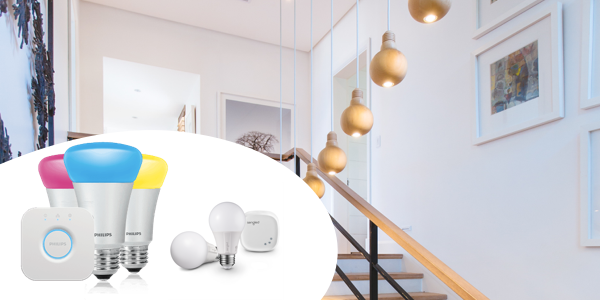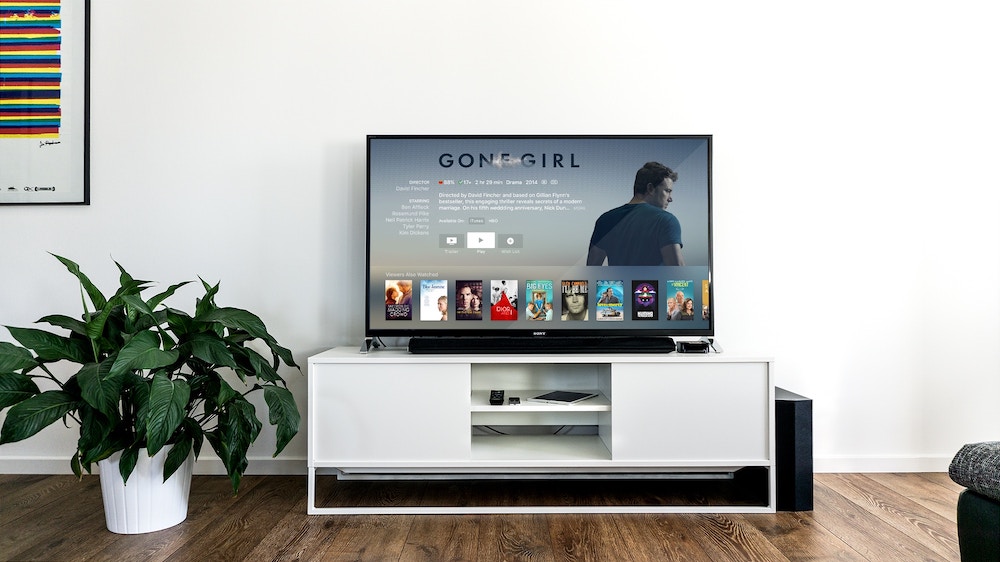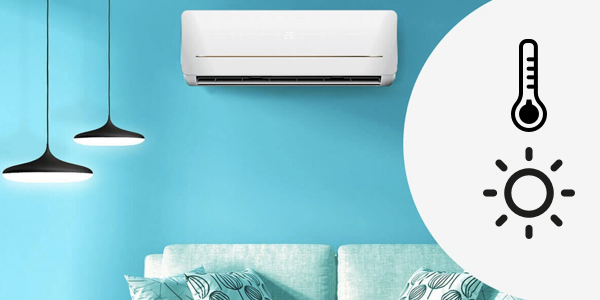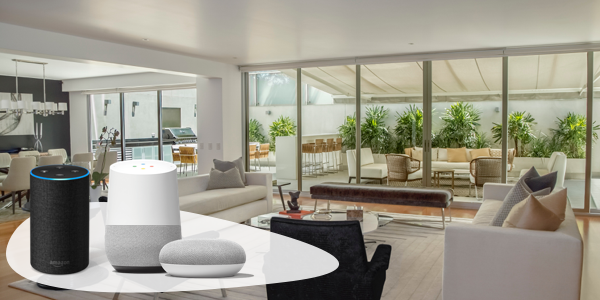5 Home Automation Google Home and Amazon Alexa cannot do on their own.
Smart home automation market is crowded with a range of smart home products. But, which ones are the best for your home? How do you choose the right home automation systems?
Even Google and Amazon are limited by the number of smart home devices they can connect. They are primarily used for basic use cases like playing songs, listening to news and weather and setting up reminders. Most people would combine them with smart bulbs to control lighting. But, many home appliances cannot be controlled directly.
Therefore, Google Home and Amazon Alexa are powerful voice interfaces for internet services. Their powerful AI and machine learning technology make them better than Apple’s Siri, Microsoft’s Cortana and Samsung Bixby. Hence, to take advantage of their powerful interfaces for smart home automation, you need to connect them with a smart hub.
The primary advantage of Amazon and Google is the access to their own range of internet services. Amazon has the worlds largest e-commerce shopping site, music service, movies and TV streaming service, kindle store and audio books. Google has the worlds most advanced internet search engine, YouTube, Gmail, music service, maps and so on.
But, smart home automation is more than just being able to open applications and stream content. You should be able to monitor and control all the household appliances. Air conditioners, television, security cameras, lights, door locks, switches and DTH devices are some of the essential home appliances. Let’s look at 5 things which Alexa and Google Home cannot do on their own.
1. Control light bulbs like Philips Hue and Sengled
This might come as a surprise but most of the popular smart light bulbs require an additional smart hub. Unless the light bulbs have their own in-built wifi module, Alexa or Google Home cannot connect with them.
Philips and Sengled have their own hub which they sell separately. There are few brands such as LIFX who has bulbs that do not require hubs. But these hubs cannot control other devices or lights from other brands. Therefore for a complete home automation experience, you need external hubs to connect with devices.

2. Monitor and Control Air Conditioners
It might be fun to ask today’s weather to Alexa and Google Home. But, it would be more fun to actually control the weather and maintain your comforts at home. This is where both the devices fall short. Currently, there is an entire range of air conditioners controller for smart home automation ranging from $100 to $300 like Sensibo, Tado Smart, AirPatrol. These controllers generally come with their own mobile app or can be controlled by Alexa or Google Home.
The alternative is to use a smart switch and connect your air conditioner through the switch. Hence, when you control the switch, you can switch your ACs ‘ON’ and ‘OFF’.
Or you can get a smart home automation hub such as B.One Eazy. It can control your air conditioners and all the IR enabled devices. It basically acts as a smart universal remote controller for all your home devices that uses IR remotes.

3. Control your entertainment hub – Television
Television might be old but it has not lost its charm in the age of rising content streaming services. Moreover, it has become the centre of your home entertainment. It can stream content from the internet via various streaming channels like Netflix, Foxtel, Stan and Amazon Prime. Also, TV plays an important role in home automation for entertainment.
So, if you are wondering why your TV doesn’t work when you say, “Alexa, play my favourite movie.” In order to control your TV, you need an additional device called IR blaster.
Smart home automation devices such as Logitech Harmony hub specialises in controlling only smart TV and DTH devices. These are generally integrated with Google Home and Amazon Alexa to enable voice control.

4. Sense Temperature and Light.
Sensors are an important part of smart home automation. Home automation would be incomplete without smart sensors. 80% of Amazon Alexa and Google Home use cases are controlling applications rather than smart home automation devices. Alexa or Google Home will fail to control light or air conditioner based on surrounding temperature and light source. You will have to purchase additional smart sensors and their respective hubs to control them.
As a result, you will not be able to create smart home automation routines using Alexa and Google Home on their own.

5. Texting commands to your devices
In this age of mobile devices and IoT devices, texting is the most common form of communication. We text more than we talk to each other. Facebook Messenger, Whatsapp, LINE chat, iChat and Viber are among the few popular messaging platforms of today. Texting is going to be more important than the voice control for your smart home automation. Especially, when you want to control your home when you are away.
Controlling devices through chat sounds more natural then we expect. Our thumbs are faster in texting than sending commands through voice. With voice, you need to be within the range of the device and have accuracy with the language. You don’t want to end up opening your entrance door when you really wanted was to switch off the lights.

Chatbots are still going to be a far more convenient alternative for smart home automation. Getting live text updates on your messenger about the status of your home devices is much easier than listening to voice notifications. Moreover, chatbots interfaces are getting better at handling various forms of interactions.
With smart home automation hub such as B.One Eazy, you can control your devices through the messaging platform like Facebook and LINE Chat. There are only a handful of smart hubs which can actually do that.
Final Verdict
Alexa and Google Home are rapidly becoming a part of our smart home devices and their importance cannot be ignored. However, Amazon and Google alone cannot guarantee personalised smart home automation experience. You will need to set up a smart hub which can interface between household devices and Google Home and Alexa.
Therefore, smart hubs are going to play a central role in your smart home automation experience than Alexa and Google Home.
A truly smart home automation systems will consist of various smart and non-smart devices connected through a smart hub to your Alexa or Google Home.




LEAVE A REPLY